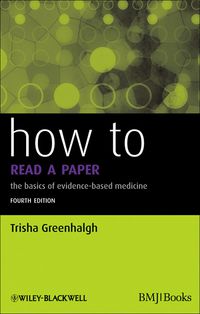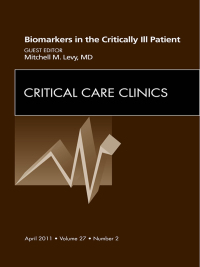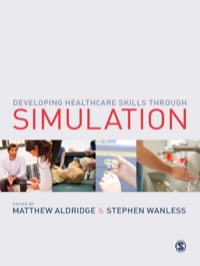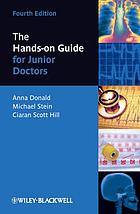by Lev S. RuzerLev S. Ruzer
A review of the literature on the environmental health implications of the developing nanotechnology industry shows that the potential problem of exposure to airborne nanoparticles has not been adequately assessed. The health and safety of nanotechnology workers is of concern because these groups are likely to be exposed to elevated concentrations of nanomaterials. A gap exists between currently available particle measurement methods and those appropriate for nanoaerosol exposure assessment.
Nanoparticles in Humans: Experiments, Methods and Strategies presents new ideas, methods, and experimental results to measure the surface area and local deposition of nanoparticles in lungs and the true effectiveness of respirators. It includes a nanoparticles dosimetric road map that can be used as a general strategy for the assessment of dose, which is the most important physical cause of health effect in case of nanoparticles exposure.
This book proposes the 1 nm radioactive particle, called unattached activity of radon progeny, which can be used as a useful and safe experimental tool for nanoparticles study, including human study. Such ideas have not been presented in other publications before. It discusses problems related to the general strategy of risk assessment in nanoparticles exposure and concrete parameters related to dosage, which is the main cause of the health effects associated with nanoparticles.
The book uniquely uses graphs and diagrams to build an understanding of the methods for measuring the surface area and local deposition of nanoparticles in lungs and the effectiveness of respirators in case of nanoparticles exposure.
Product Details
| ISBN-13: | 9789814463164 | |
| Publisher: | Taylor & Francis | |
| Publication date: | 10/31/2016 | |
| Pages: | 250 | |
| Product dimensions: | 6.20(w) x 9.10(h) x 0.60(d) |










Reviews
There are no reviews yet.